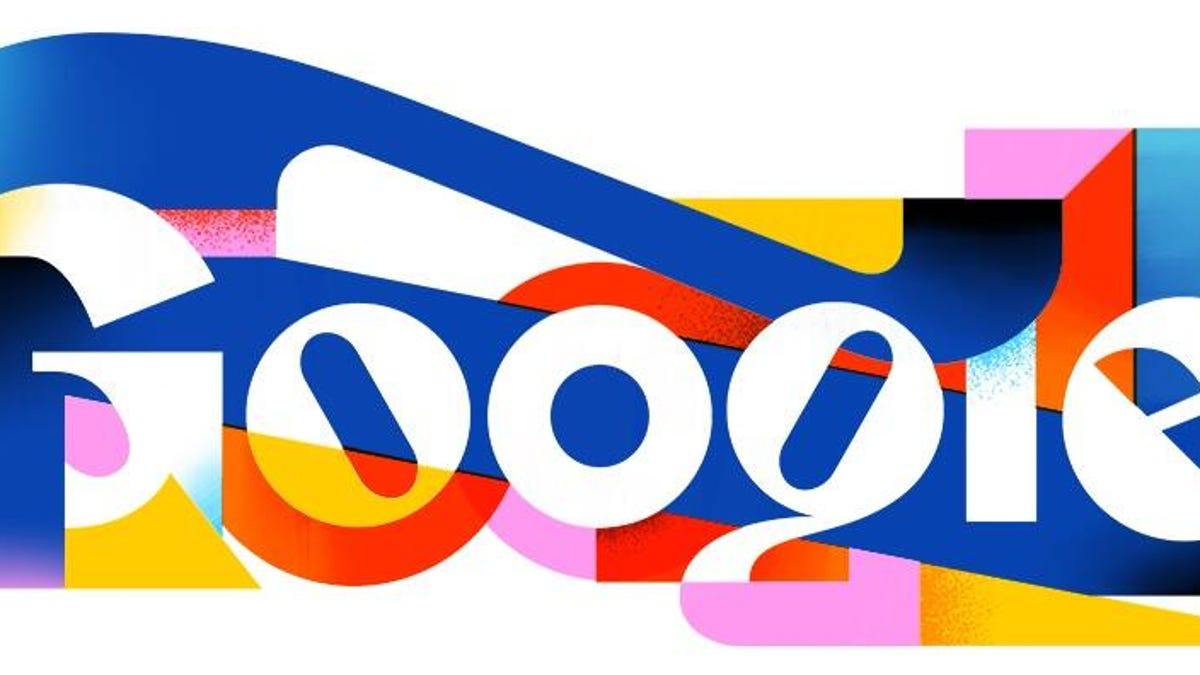Google Doodle celebrates the Spanish letter Ñ
The eñe holds a special place in the Spanish language and heritage.

See the giant Ñ hiding in the Doodle?
Friday's Doodle celebrates the history and impact of the Spanish letter Ñ. It looks like the letter N but, while it's closely related, it serves a different purpose than its alphabetic sibling.
For almost as long as Google has been around, it's livened up its bare-bones search page with Google Doodles, artwork that draws attention to notable people, events, holidays and anniversaries. The word Google is usually in there somewhere, either in a different script or represented by similarly shaped objects. But it's fairly rare to see another letter creep in.
Friday's Doodle, which celebrates UN Spanish Language Day, features geometric shapes and colors from Spanish-speaking countries' flags framed by a giant Ñ, also known as an eñe (pronounced EN-yay). Not only is it the only letter with a true Spanish origin, it's also become a symbol for Hispanic heritage.
The Ñ is an offshoot of the letter N and appears next to it in the Spanish alphabet. But it didn't exist until around the 12th century, when scribes copying documents by hand created a shortcut to represent two Ns appearing next to each other in a word. Instead of writing out two letters, they could save time and space by writing only one letter and placing a tilde over it to signify the change.
The Ñ became an official part of the Spanish alphabet in the 18th century and is used in several other languages, including Filipino, Basque, Chamorro and Mandika.
But it's most commonly associated with the Spanish language and has become a symbol of its identity. Children of Spanish-speaking people in the US are sometimes called generación Ñ. It's been a symbol on Spain's military aircraft, and it's been adopted as a symbol of Hispanic heritage by organizations such as the Instituto Cervantes and the National Association of Hispanic Journalists.
Spain has battled efforts to remove the Ñ from computer keyboards in an English-led industry. Today, web pages can guide you how to create a capital or lowercase eñe across different varieties of hardware and software.

